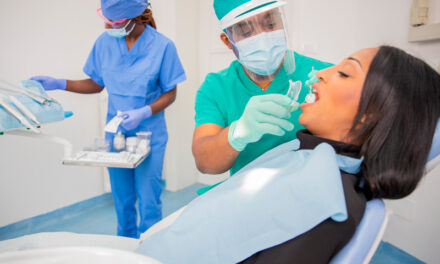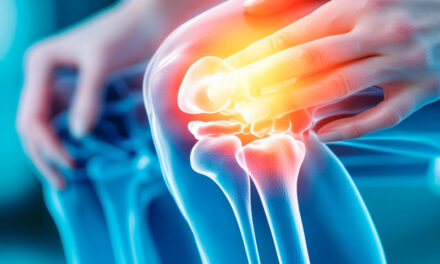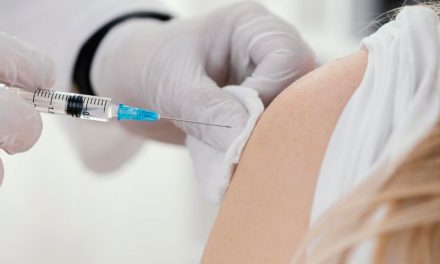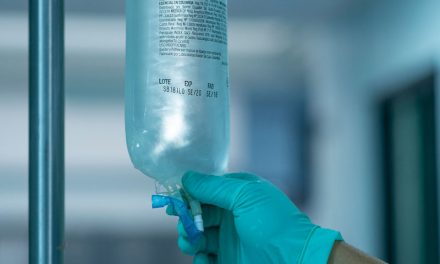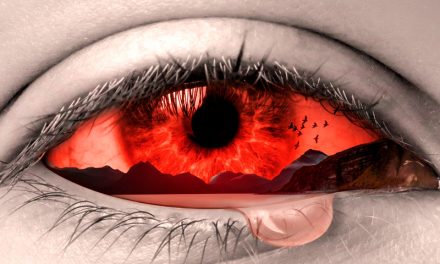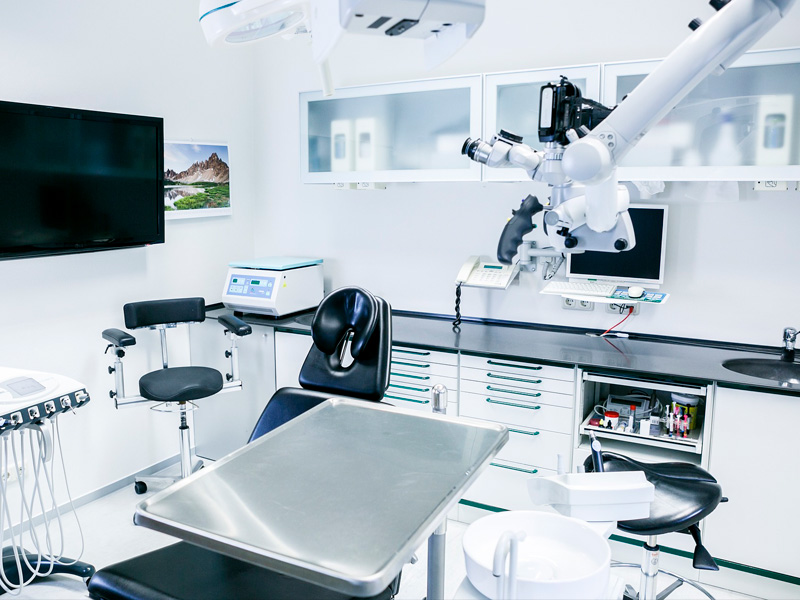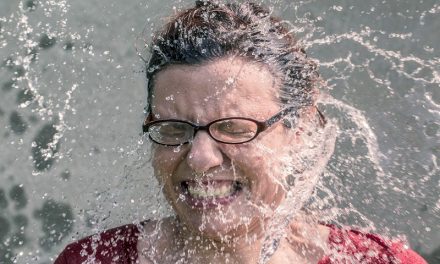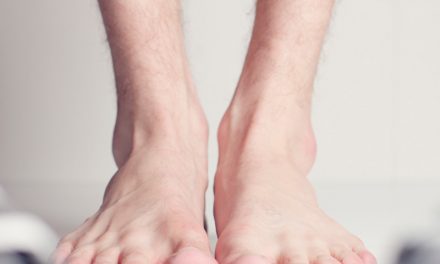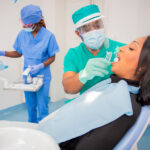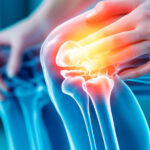Original paper
Author
Fadi Sabbah, Carlos Goes Nogales, Eric Zaremski, Gregorio Martinez-Sanchez
Abstract
There has been very little research to support clinical practices in dental ozone therapies. The protocols used in dental ozone therapy should fulfill the general guidelines and requirements commonly recognized by healthcare professionals and authorities as evidence-based medicine. To meet these criteria, both ozone dental research and the clinical practice of dentistry should converge. The positive results and advantages of dental ozone therapy should define standard parameters that the dental ozone equipment manufacturers need to follow to develop ozone systems that meet the requirements of both dentists and researchers.
The aim of this paper is to review the available published research and to compare it to what the majority of practicing dentists are applying in their practice. Four databases (PubMed; Ovid Medline; Cochrane; ISCO3) were used to search for articles covering the use of ozone in dentistry. Using the key words “ozone in dentistry” on PubMed (last accessed November 2017) retrieved 295 articles. Articles not related to dental ozone and general reviews were excluded (70). The resulting sample size of 225 articles, as well as the retrieved analysis results, are highly indicative to be able to draw conclusions and to formulate future recommendations.
To our knowledge, this is the first attempt to perform such an analysis. It is not the aim of this paper to critique the published research or the clinical practice of dental ozone therapy. The aim is to elicit the required modifications to research protocols and to evaluate whether dental ozone manufacturers provide the required equipment.
This review study used different groupings to evaluate the results. In the “ozone gas only group”, a clear deviation between research and clinical practice was noted. In all the other groups, the results were, in general, more congruent. Most of the current dental ozone research has focused on the antimicrobial effects of ozone, using either just ozone gas only, ozonated water only or ozonated oils only.
It is highly recommended that dental ozone research change its path. Clinicians have expectations that research will support their clinical uses of ozone. We need to meet the expectations of clinicians through adopting new and different studies. We need to create research that goes past the conventional and well-studied antimicrobial potential of ozone and by using ozone both in gas and water, not separately, plus ozonated oils when applicable
This post is also available in:  Español (Spanish)
Español (Spanish)

